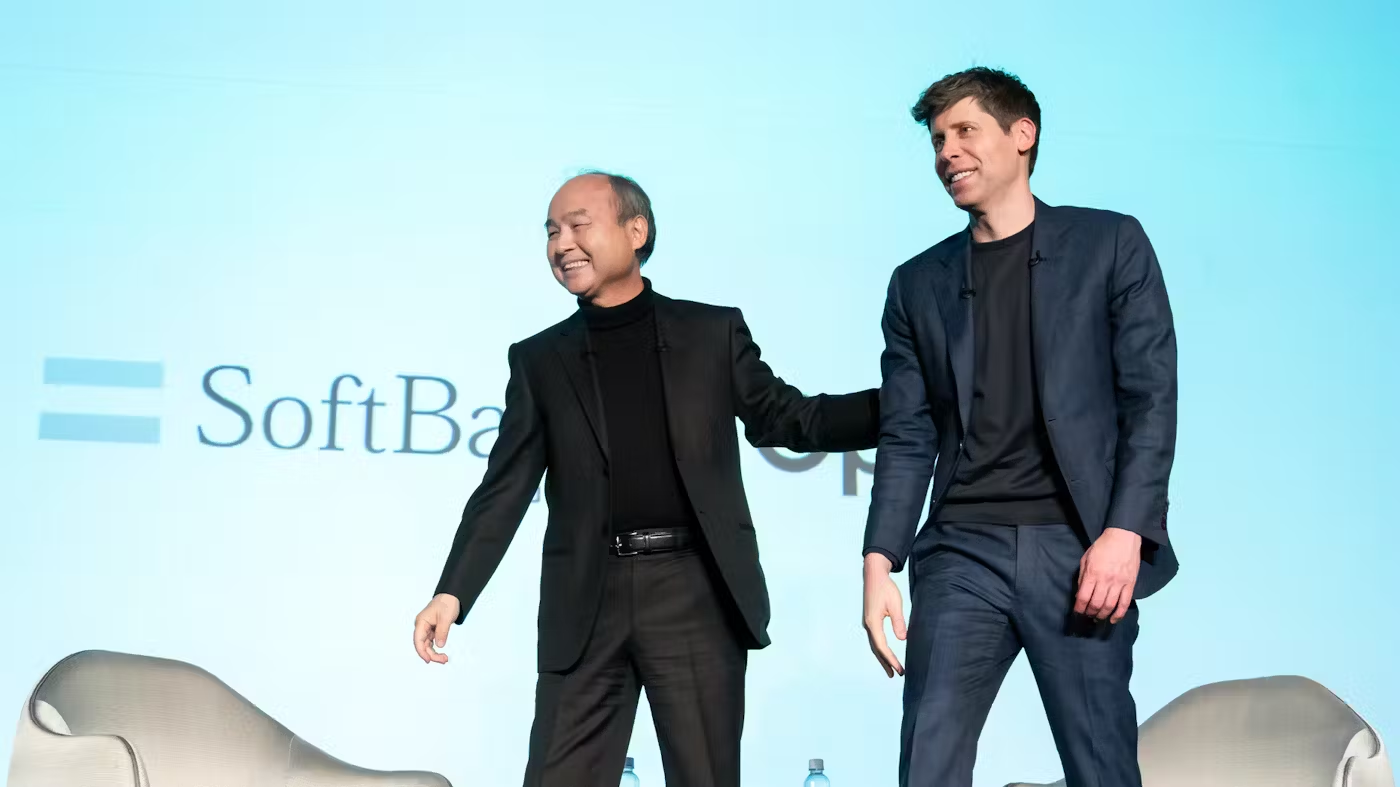
OpenAI, for its part, has broken new ground, announcing that it has closed its $40 billion financing round. The deal is the largest private financing deal in technology history. SoftBank led the round, which included participation from a group of other investors. The investments have raised its valuation to $300 billion, positioning it among the most valuable private technology businesses in the world. While the business continues to push the boundaries of artificial intelligence, there will be increasing uncertainties that the move to a for-profit approach and reliance on large corporate benefactors will continue to promote its dedication to developing artificial intelligence. This $40 billion financing round demonstrates.
The Transition to For-Profit: A Necessary Evolution or a Threat to Ethics?
OpenAI’s transition from a nonprofit to a for-profit company has been years in the making, but that shift has picked up additional urgency with the company’s new $40 billion funding round. For the full $40 billion to be released, OpenAI must formally transition to a for-profit in December 2025 at the latest, according to reports; if the company misses the deadline to restructure, the tech giant could be cut down to the bone — by a staggering 10 billion dollars.
This restructuring, however, brings into account OpenAI’s ethical responsibility — and its goal to develop AGI that benefits humanity. OpenAI was founded to ensure that AGI would be used safely and equitably, and now it has to balance its growing desire for revenue and profit with its original ideals.
Corporate Influence: SoftBank’s $30 Billion Bet on OpenAI’s Future
SoftBank is the leader in this $40 billion funding round, contributing $30 billion of the fund. The enormous backing suggests a high level of corporate interest in OpenAI’s future as the company’s AI products become increasingly central to the technology landscape.
Given these ties — OpenAI is aligned with Microsoft and Oracle as well — it’s clear that OpenAI will continue to march to the drum of corporate interests, meaning that both profit and scalability are paramount for the organization, and the big question is how this will affect its mission. With SoftBank’s firepower behind it, OpenAI will probably be under more pressure to share its technology in high-revenue products that will financially support its ever-multiplying infrastructure needs.
The Explosive Growth of ChatGPT and New Features: A Viral Sensation
As evidence of its growing influence worldwide, OpenAI’s ChatGPT has achieved tremendous user growth, amassing 500 million weekly active users. The release of Images for ChatGPT last week, enabling users to generate images based on text prompts, has provided yet another avenue for viral frenzy. This new feature, which generates Studio Ghibli-themed AI art, immediately went viral, resulting in a massive influx of users, with OpenAI seeing one million users in only one hour.
CEO Sam Altman revealed that the company’s compute infrastructure is struggling to keep pace with demand, jokingly asking users to “stop generating images; our GPUs are melting.” This explosion of growth—and the new open-weight language model OpenAI intends to make generally available soon—indicates that OpenAI is poised to retain its leading position in the generative AI competitive landscape.
The Future of OpenAI: A Vision of AGI and Unprecedented Growth
Despite this rapid growth, OpenAI has financial woes. Though its revenue projections are impressive, forecast to generate $12.7 billion in revenue this year—up from $3.7 billion in 2024—it’s not expected to become profitable until 2029, when the company expects $125 billion in revenue. These numbers add to the raw cost of AGI, which involves an enormous amount of compute time, energy, and the global infrastructure to make it all work.
Yet the funding round does lead closer to OpenAI’s long-term plan to develop AGI that will benefit all of humanity. The firm is also still making significant investments in research on the bleeding edge, as well building out its international AI infrastructure, with John Hennessy the new chair of the board, including its $500 billion Stargate plan for massive AI data centers already supported by the likes of SoftBank, and Oracle and the Abu Dhabi fund MGX.
Can OpenAI Maintain Ethical AI Development Amidst Massive Investment?
As OpenAI has grown its operations, it must confront some key ethical challenges. Its recent investment, an important step toward funding its ambitions, begs the question of whether OpenAI will be able to maintain its ethical dedication to AGI development in a corporate, profit-driven world. Can the company serve its investors as well as be responsible in continuing to build safe, equitable AI technology?
How it answers those questions will ultimately determine the future of OpenAI — and have far-reaching implications for the entire tech industry. It remains to be seen how OpenAI will strike the delicate balance between ethical AI development and profitability as the company progresses with its $40 billion funding round and its planned transition to for-profit status, but whatever happens, all eyes will be on OpenAI.
Conclusion: The Road Ahead for OpenAI
This is a huge win for OpenAI and will give the company the funding it needs to put behind its mission to build AGI and has been successful in securing a funding round of $40 billion. But as the company scales up, it will have to balance its ethical AI development with the needs of their corporate investors. OpenAI, with its multimillion-user base, pioneering new features, and aspiration to be AGI’s biggest funder, has a prime opportunity to drive the AI revolution—but whether it can develop by rules of profit as well as mission will set the course for AGI development in the coming years.
Follow us on WhatsApp, Telegram, Twitter, and Facebook, or subscribe to our weekly newsletter to ensure you don’t miss out on any future updates. Send tips to editorial@techtrendsmedia.co.ke




